
July / August 2022
- Place Your Bets
- Landmark Security
- Adding Audio to ROI Programs
- Protecting the Infrastructure
- Unique Hiring Demands
Cover Story

A reliable security camera system gives casinos better odds of remaining profitable
By Jordan Rivchun
For a casino, constant threats of theft, hacking, and fraud from guests and employees are simply table stakes. The combination of high-volume visitor traffic and significant amounts of cash can create potential security nightmares, with the cards often stacked against the house.
Features

Cutting through the noise with a centralized interface to prioritize alarms
By Simon Morgan
Security operations centers are undergoing dramatic changes as operators add hundreds of sources, systems and devices, creating a cacophony of alarms – enough to overwhelm the best-trained staff.

Some corporate boards mandate executive protection to safeguard shareholder interests
By Brian Jantzen
Mitigating risks and threats along with extensive intelligence analysis are at the core of comprehensive and effective customized executive protection programs.
The world’s largest cathedral seeks world-class security
By Bret McGowan
How do you secure the largest cathedral in the world when it sits on 11.3 acres, is considered a New York City landmark, and is a busy destination for worship, cultural arts, social services and tourism?
The cloud is reasonably secure but there are opportunities for exploitation
By Rani Osnat
Digital transformation is changing the way we do business and COVID-19 accelerated this shift. Organizations that had not already moved data to the cloud, rushed to do it, while others accelerated their shift from on-premise to cloud.
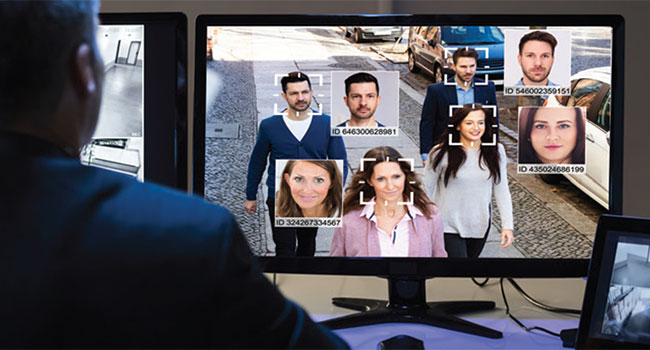
New report offers guidance, flexibility as video surveillance is on the rise
By Dean Drako
Business owners are making the move to higher resolution cameras at a pace that defies the influences of the pandemic, supply chain challenges, and labor shortage, according to a new 2022 worldwide security camera report.
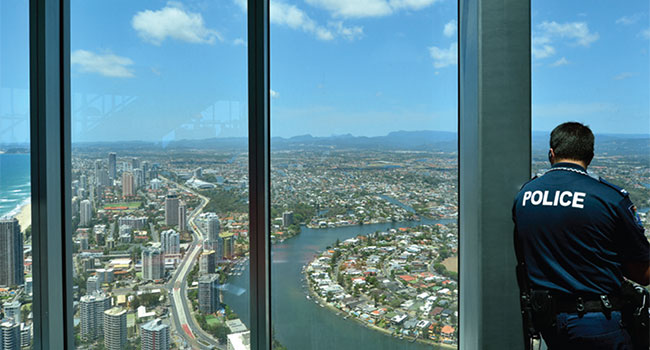
A unified approach requires technology and organizational culture
By Greg Kemper
Critical infrastructure facilities can be quite large, so protecting them is a complex challenge that demands multifaceted solutions. Robust, cybersecure technology solutions exist to protect facilities of all sizes and types but getting the most out of these solutions requires attention to the human element as well.
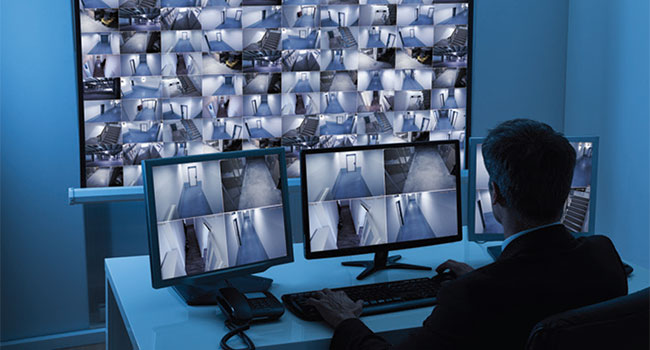
Users pay as they go without a large initial investment in software to get a system up and running
By Jesse Crawford
Subscription-based service models are increasing in the security industry. Shifting to video subscription as a service (VSaaS) or SaaS in general involves changing the mindset that one is receiving a service rather than a product. What end users want is a system that is always current rather than a product that can quickly become out of date or is not functional when it matters most.
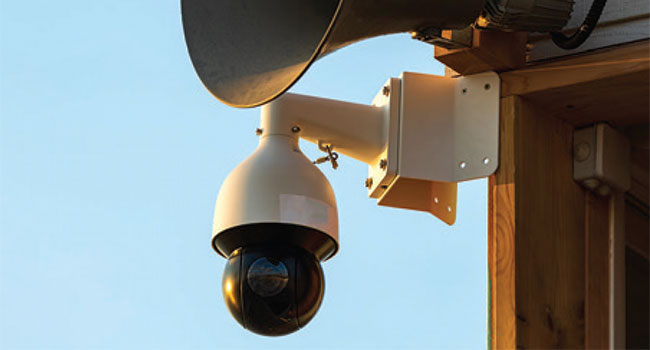
Hearing is the key to everything we do as human beings
By Kelly Lake
Across the globe, security teams are under pressure to justify what they do and how they do it. They need to continually make a strong case to internal and external shareholders for their budgets and activities.

By Mark McCormack
The cardboard fans are gone and the real fans are back, making up for lost time. They are packing stadiums, the bars and restaurants surrounding them. They’re not just going to the games. Sports venues have stretched beyond the stadium proper to incorporate pavilions and entertainment complexes, owned and managed by the franchises that feature retail, hotels, theaters and much more.
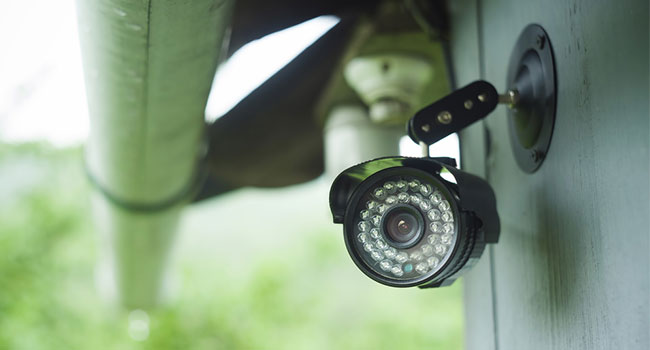
By Eugene Kozlovitser
A lot of buzz in the security industry revolves around the explosion of the global datasphere. Especially as the COVID-19 pandemic has forced many industries to transition from in-house operations to work-from-home—if not entirely digital—formats, global data creation, consumption and circulation has skyrocketed.
Departments
INDUSTRY PROFESSIONAL
Stadium perimeter security also mean keeping access under control
By S. Guerry Bruner
Potential security threats keep evolving. It’s a distressing reality that we continually need to adapt to—one that particularly weighs heavily on the minds of stakeholders at major sports venues as they explore security solutions to prevent drone, vehicular and other dangerous assaults.
INDUSTRY FOCUS
By Ralph C. Jensen
Security experts agree that the three most important components of a physical security plan are access control, surveillance and security testing, which work together to make a space more secure.